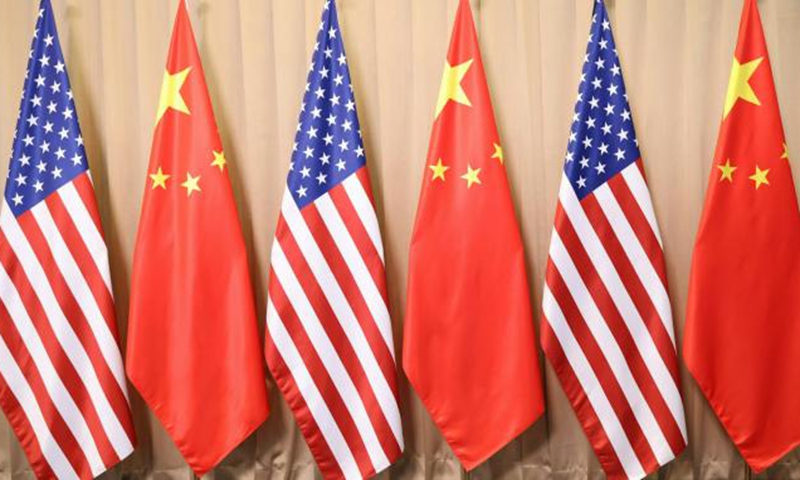Navigating Related-Party Transactions in a Risky Market

In an era marked by fluctuating market dynamics and evolving corporate governance standards, a recent report detailing a series of proposed transactions by a prominent company outlines critical strategic pivots worth scrutinizing. During the 14th meeting of its second supervisory board, held on July 25, 2025, the firm unveiled plans that—while operationally robust—also spotlight risks that can shape future shareholder perceptions. These moves are particularly significant as they come against the backdrop of a global economic landscape still reeling from recent turmoil, including supply chain disruptions and inflationary pressures.
The company's intention to transfer technology to Anhui Jingmei and lease factory buildings to both Anhui Jingmei and Anhui Jingrui reflects a decisive shift in its operational focus. By engaging in these related-party transactions, the company appears to be tapping into emerging markets and aligning itself strategically for sustainable growth. Approval of these transactions by the board—achieved unanimously—suggests an internal consensus on the necessity of fostering innovation and improving resource allocation. According to estimates from recent financial reports, businesses that successfully integrate technology transfers can see a substantial boost in EBITDA margins, further underlining the potential financial upside.
Nevertheless, these strategies are not devoid of challenges. The nature of related-party transactions could potentially give rise to conflicts of interest, which, if unaddressed, might undermine shareholder trust. The requirement for board members to recuse themselves from voting on these matters is a positive indication of governance diligence. Still, one must question whether this measure is sufficient in the eyes of increasingly skeptical investors who are particularly wary post-2008 crisis, when governance lapses led to significant corporate fallout. Indeed, could the emphasis on internal alignment obscure crucial opportunities for independent oversight that might protect stakeholders more effectively?
Looking forward, while the company’s proactive steps denote an ambition to thrive in a changing economic climate, vigilance remains essential. The comprehensive understanding of potential adverse outcomes tied to related-party dealings should not be taken lightly. Investors, while hopeful about the prospects of growth, should also remain aware of the reputational risks woven into these transactions. In balancing these factors, effective communication from management regarding these investments will be paramount—both to reassure current stakeholders and to attract new investment.
Read These Next

Alibaba unveils AI glasses to compete with Meta
Alibaba's strategic launch of AI-powered glasses aims to rival existing technologies in the wearable market, presenting challenges and opportunities for various stakeholders.

China and US Begin New Trade Talks in Sweden
US and China delegations meet in Sweden for crucial economic talks to address trade tensions and promote global market stability.

Impact of Director Pay on Governance and Performance
The establishment of a compensation structure and evaluation process for independent directors reflects a significant evolution in corporate governance practices, focused on enhancing accountability and efficiency. This analysis examines the implications of these changes, considering performance-driven compensation strategies, potential conflicts of interest, and risk management measures.
